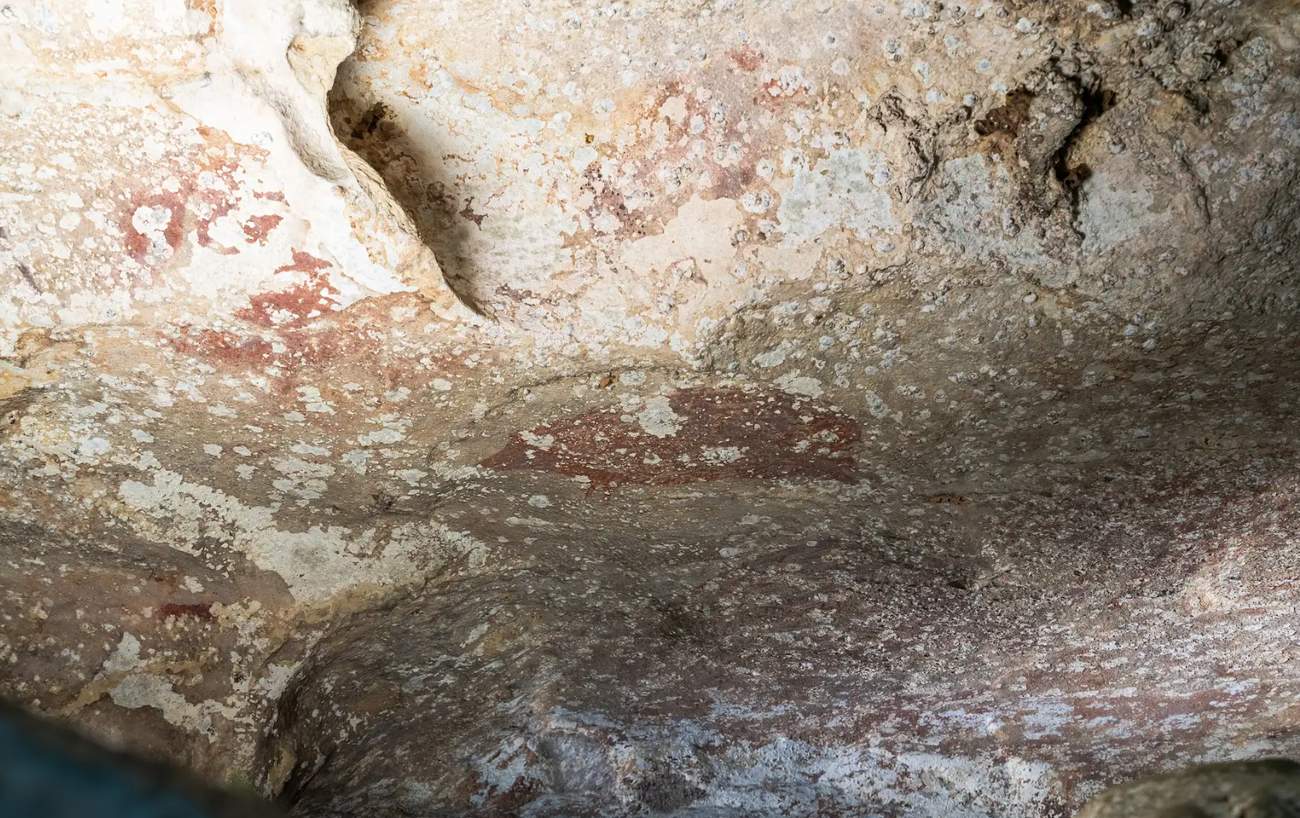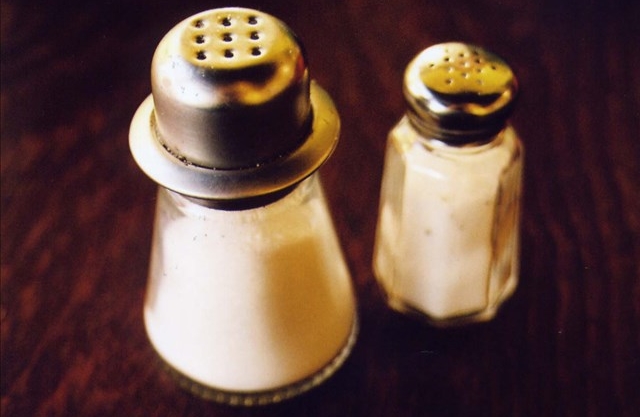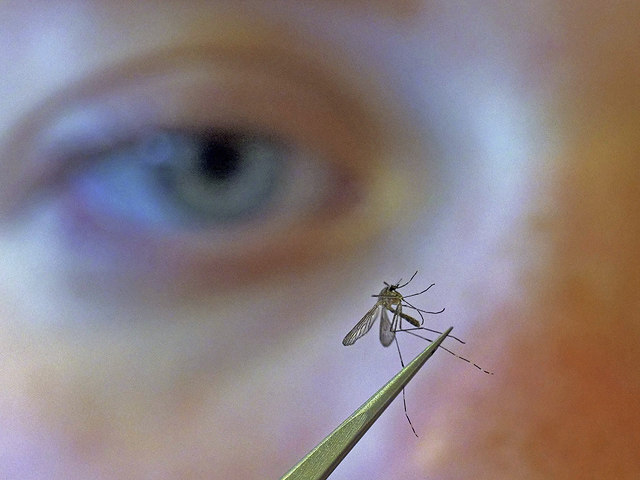Aging skin is a natural part of the aging process that typically begins around the age of 25. Dr. Quach Thi Bich Van, a Dermatology – Cosmetic Dermatology Specialist at Tam Anh General Hospital in Ho Chi Minh City, explains that signs of aging skin include dryness, thinness, inelasticity, wrinkles, and hyperpigmentation. These signs become more noticeable as collagen and elastin levels decrease over time, causing the skin to lose firmness and smoothness.
As the skin ages, it also becomes thinner and less able to produce vitamin D3, leading to a weakened protective barrier. This can result in slower wound healing, reduced sweating, poor thermoregulation, and increased susceptibility to bruising. In addition to thinning and wrinkling, aging skin also tends to dry out as sebaceous and sweat gland production decreases. This loss of natural moisture can be exacerbated by environmental factors such as cold, dry weather. Furthermore, the lack of elastin and collagen leads to reduced skin elasticity, causing sagging in areas like the eyelids, chin













+ There are no comments
Add yours